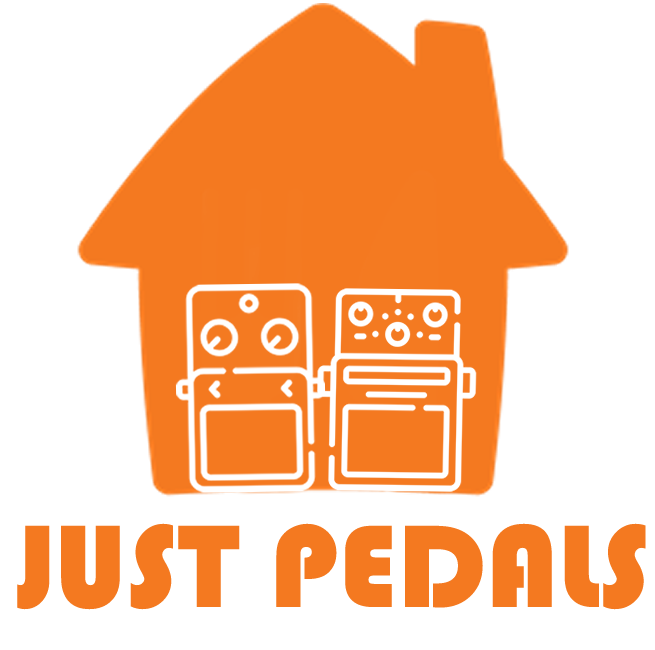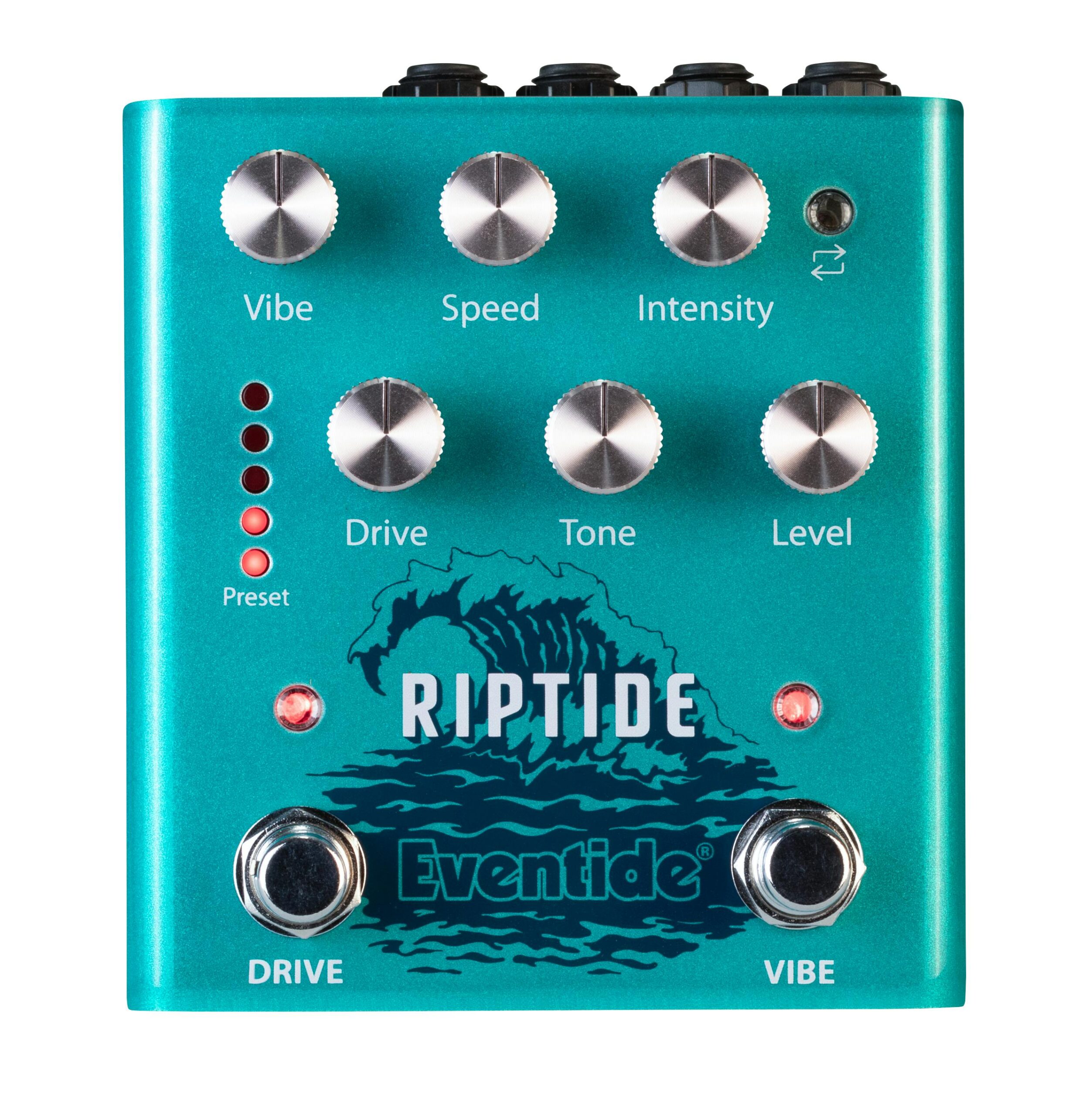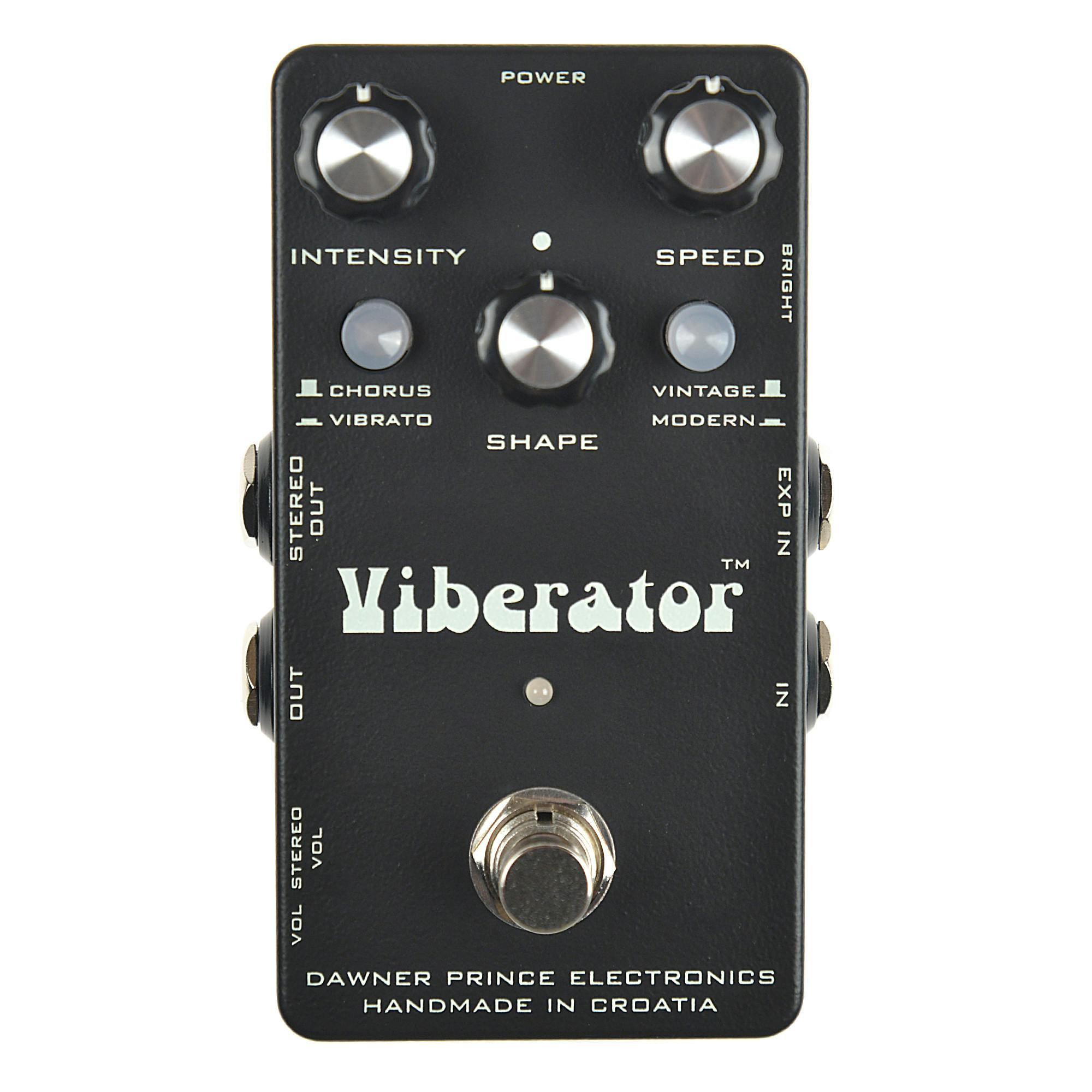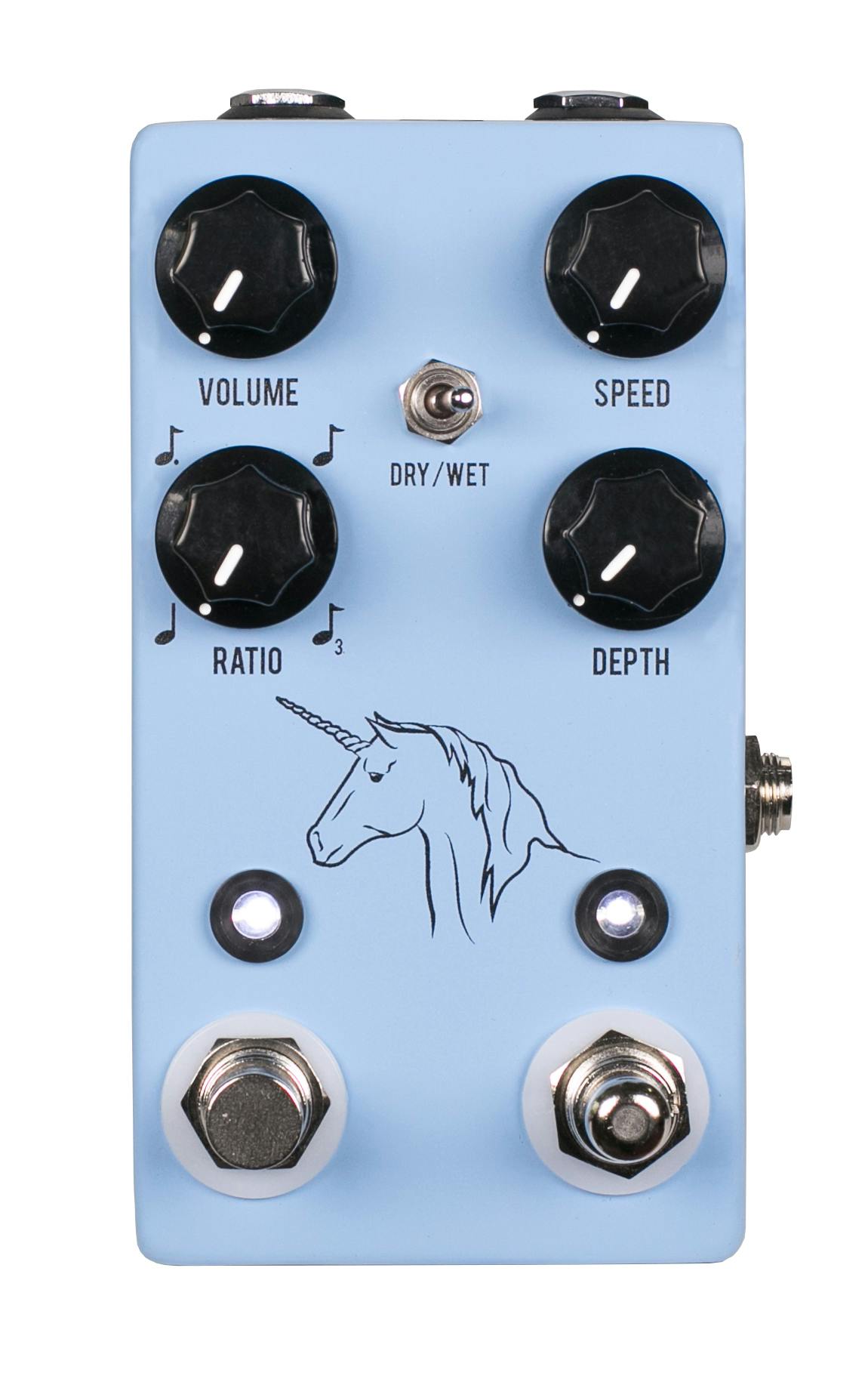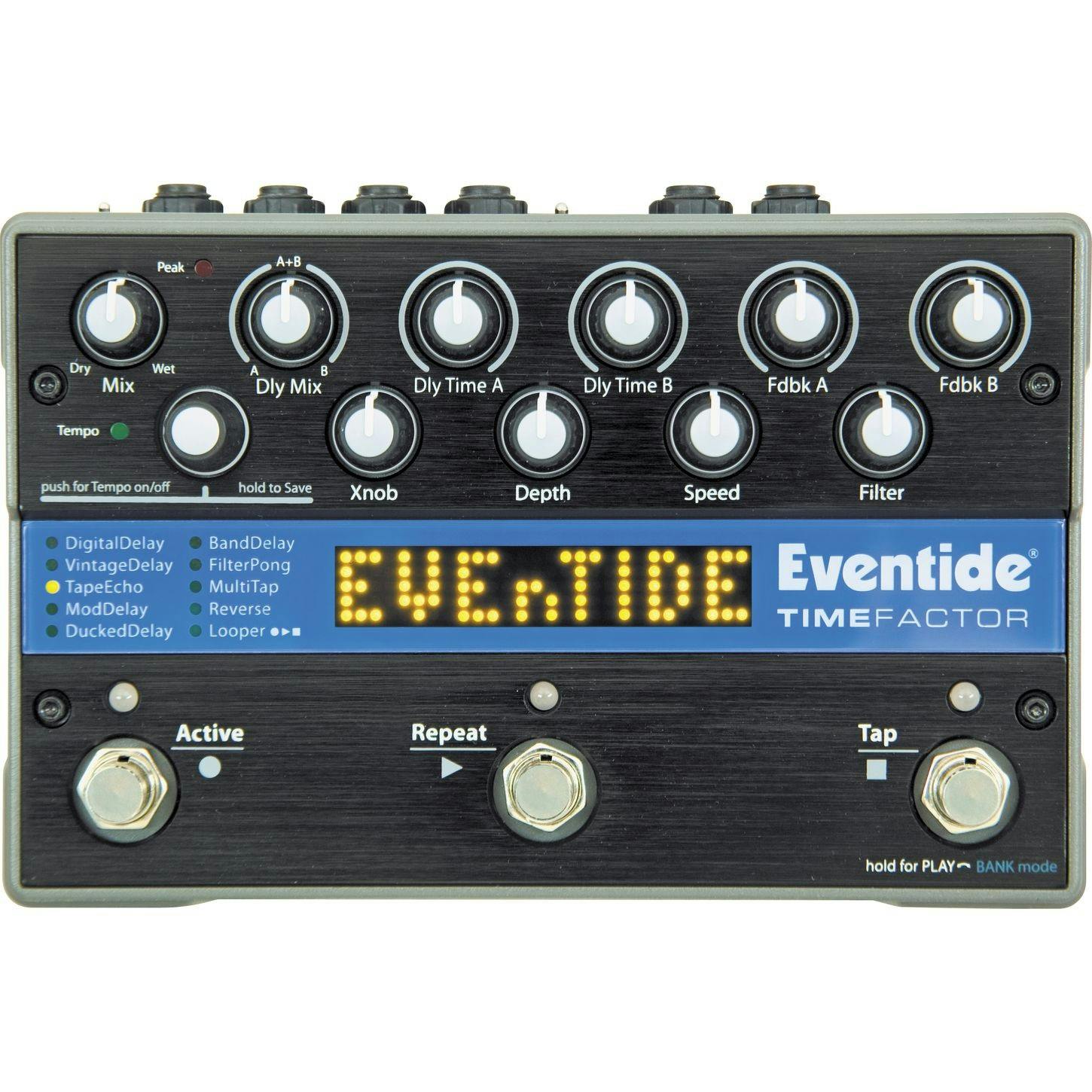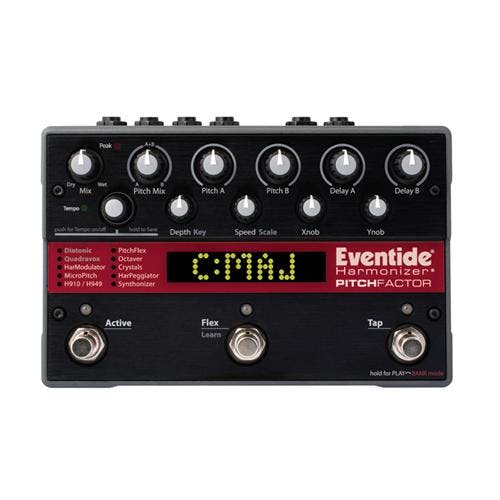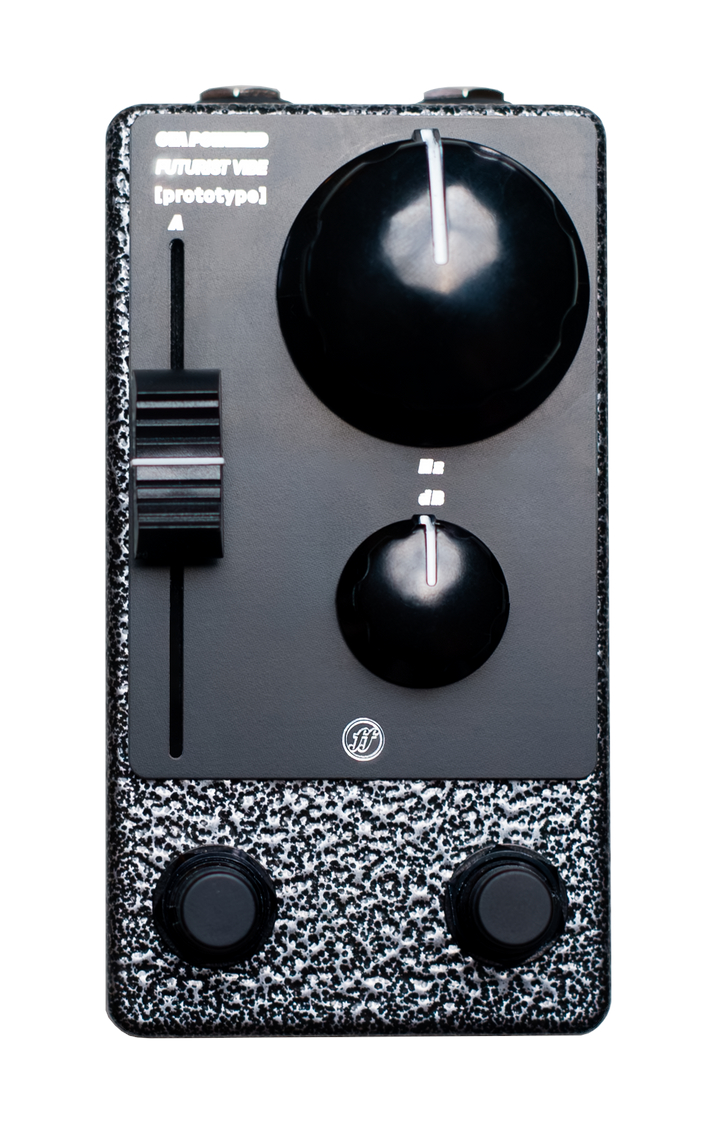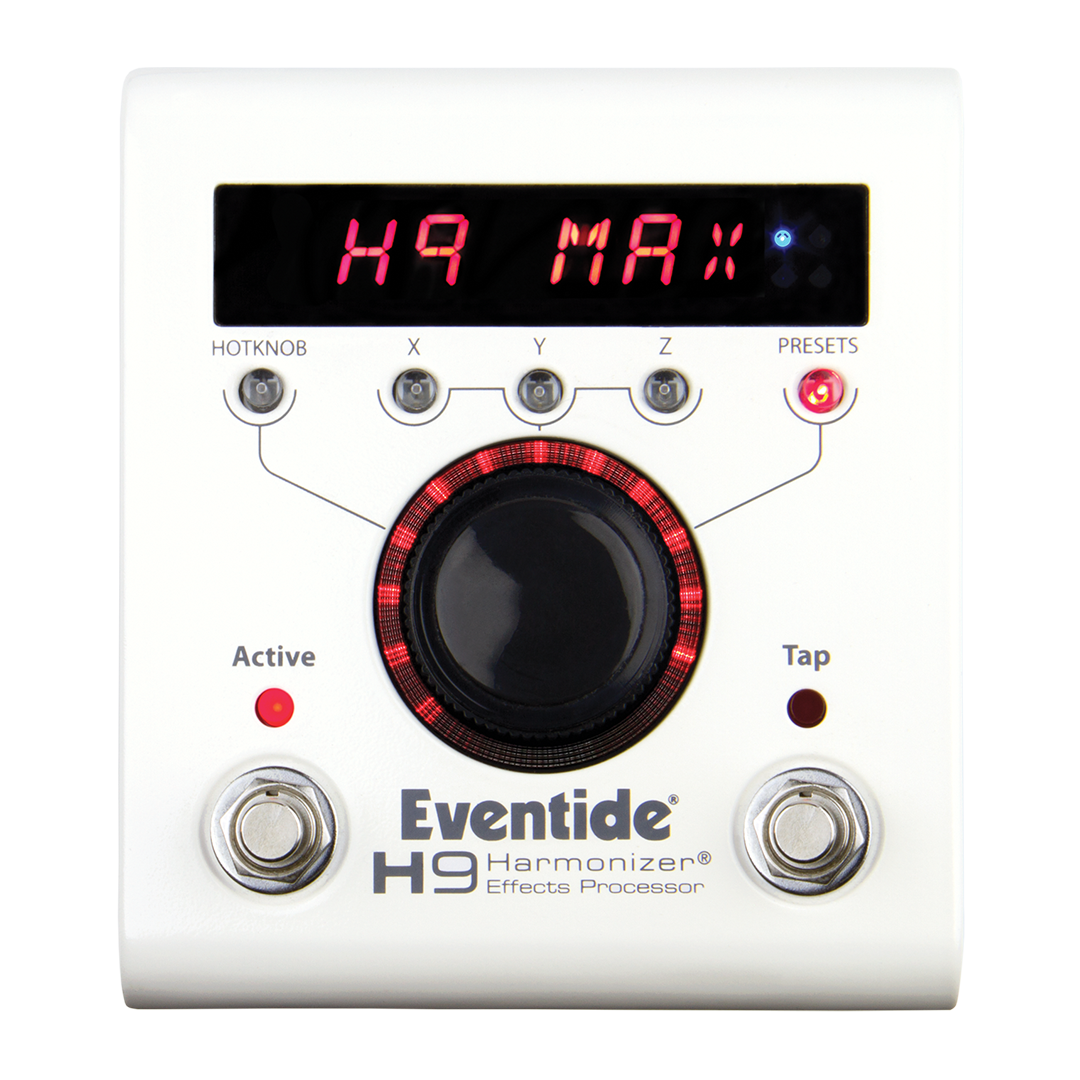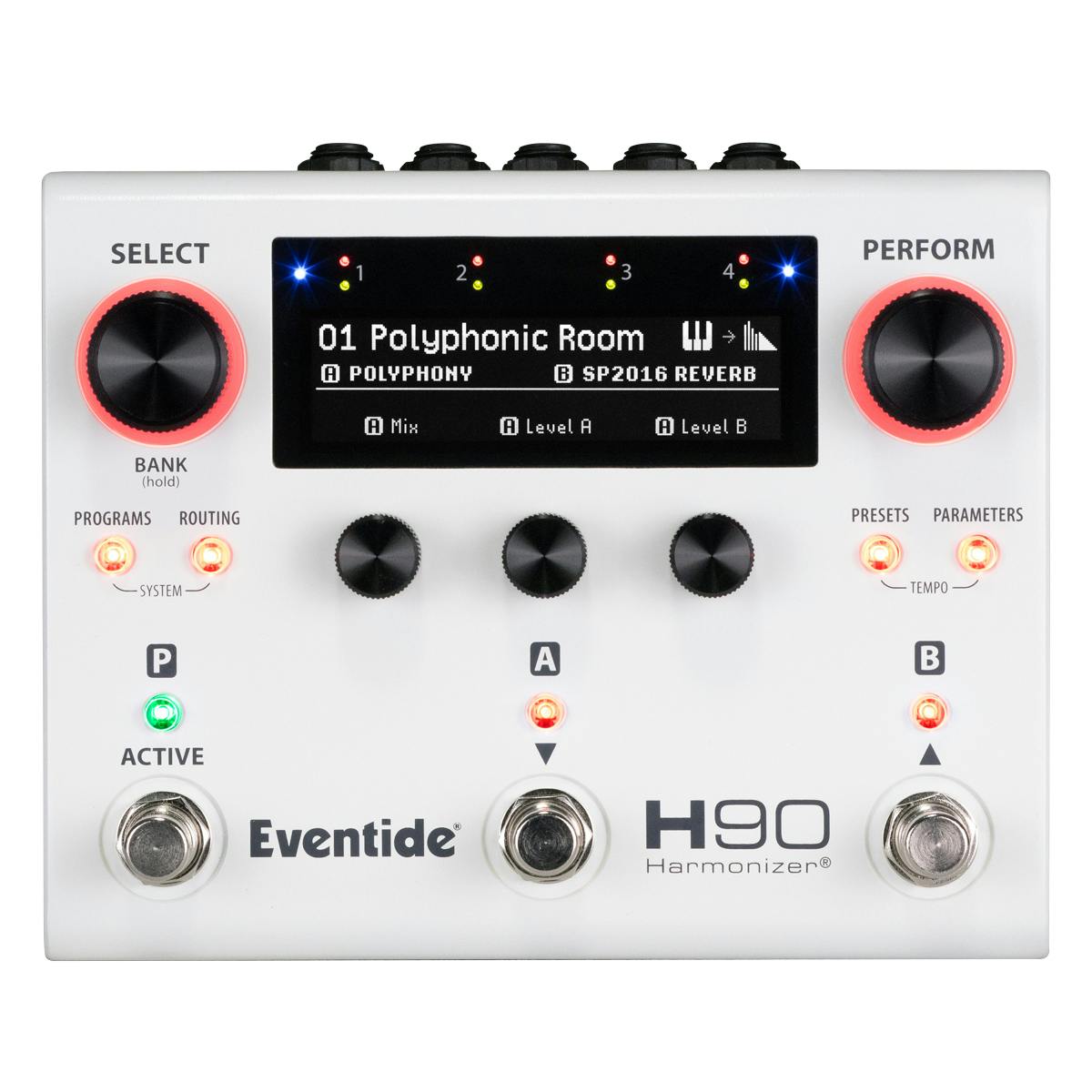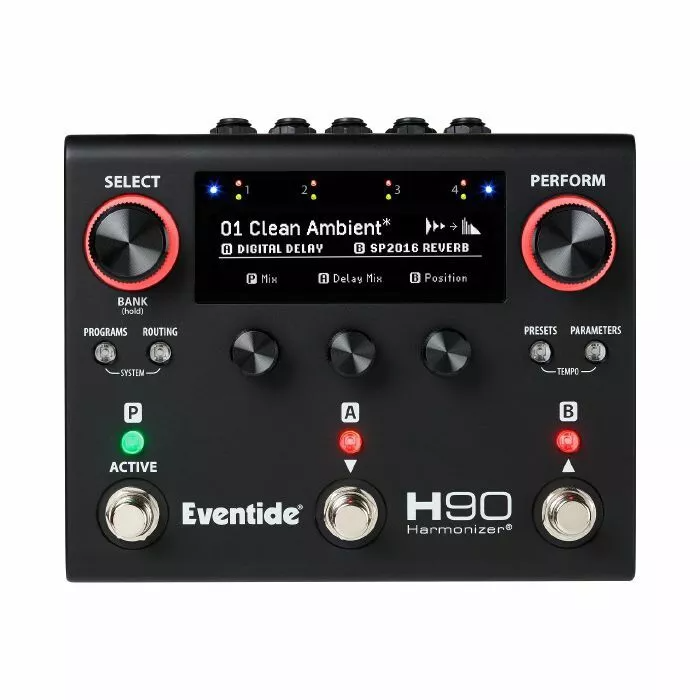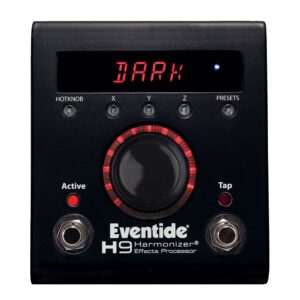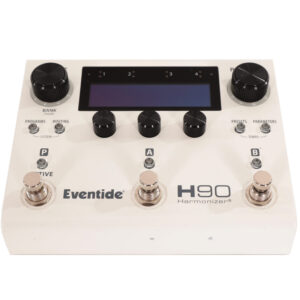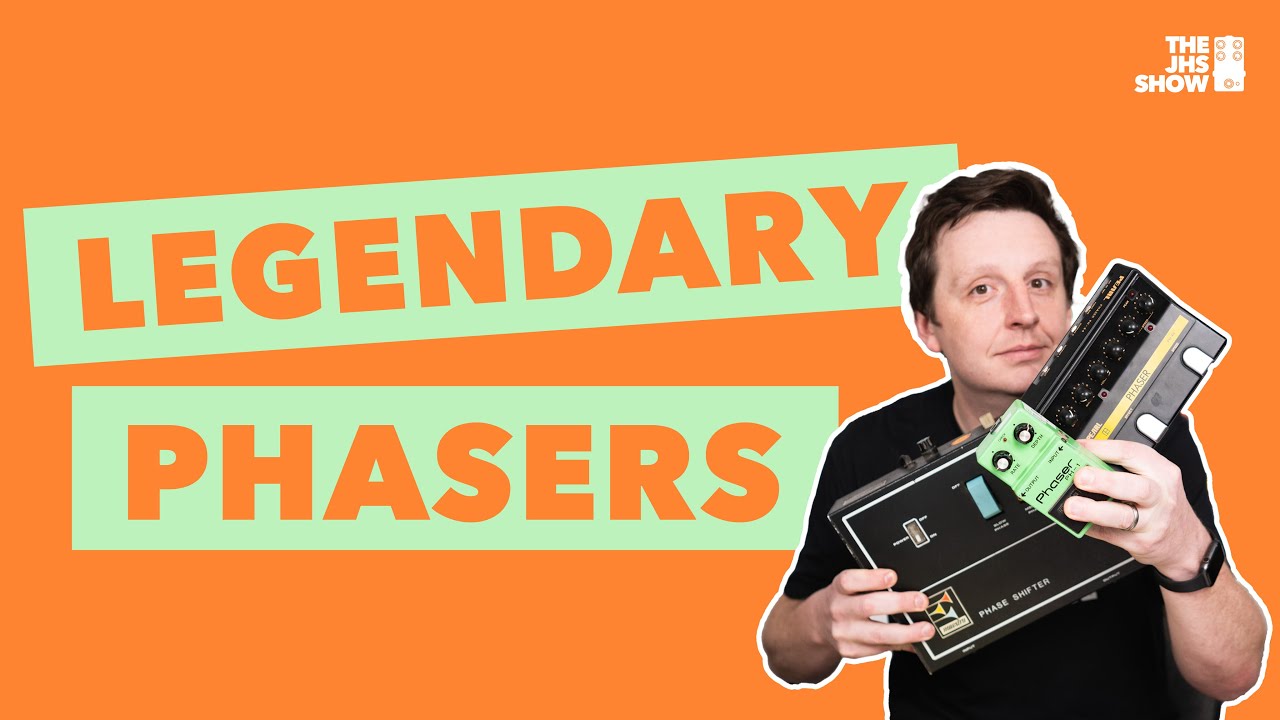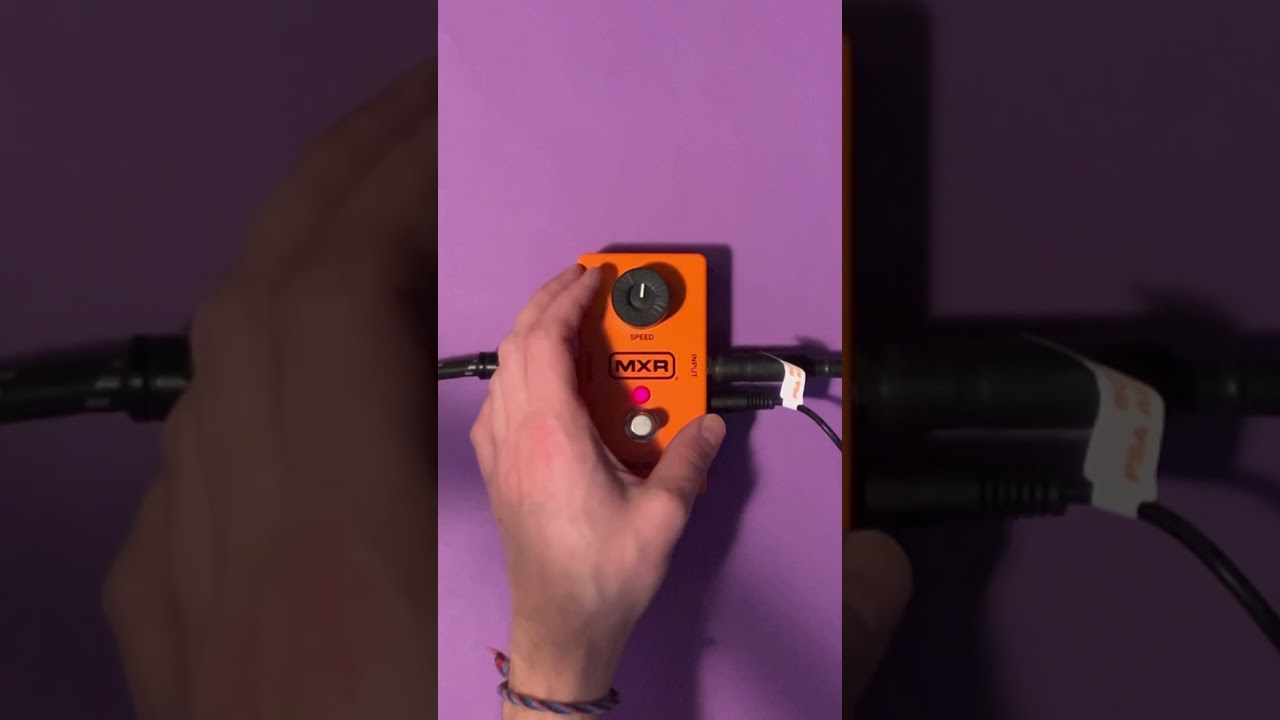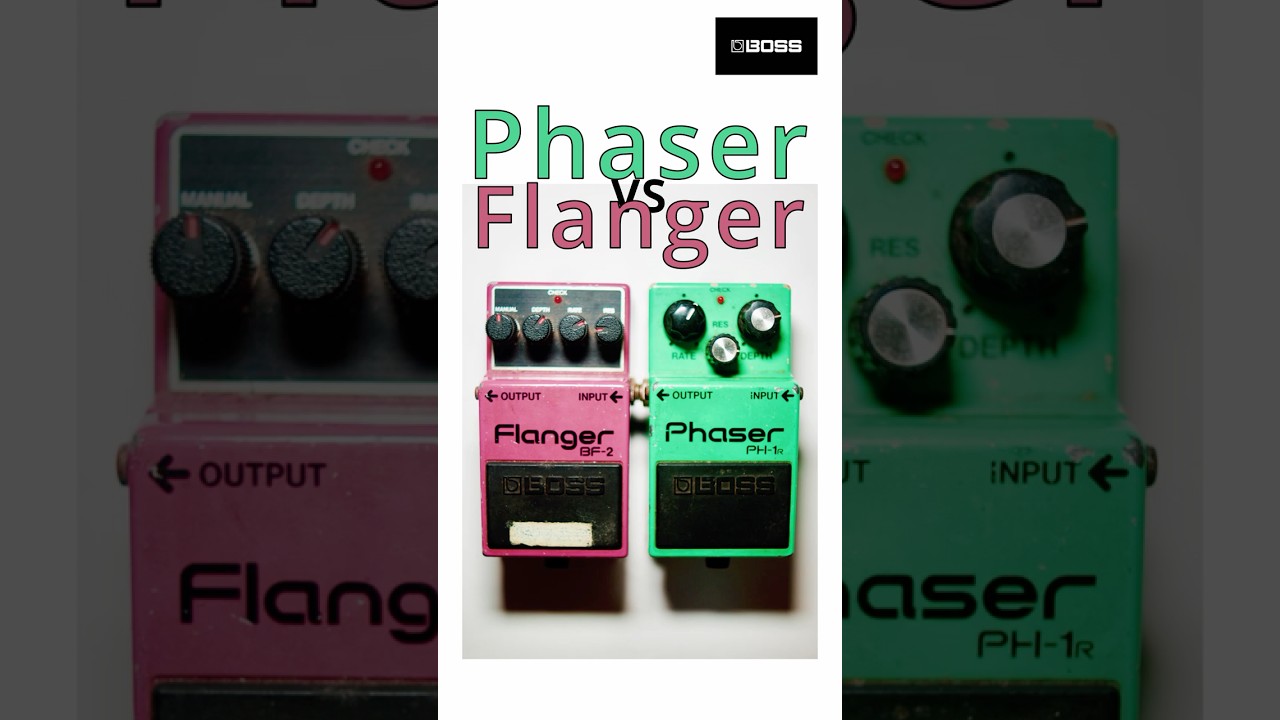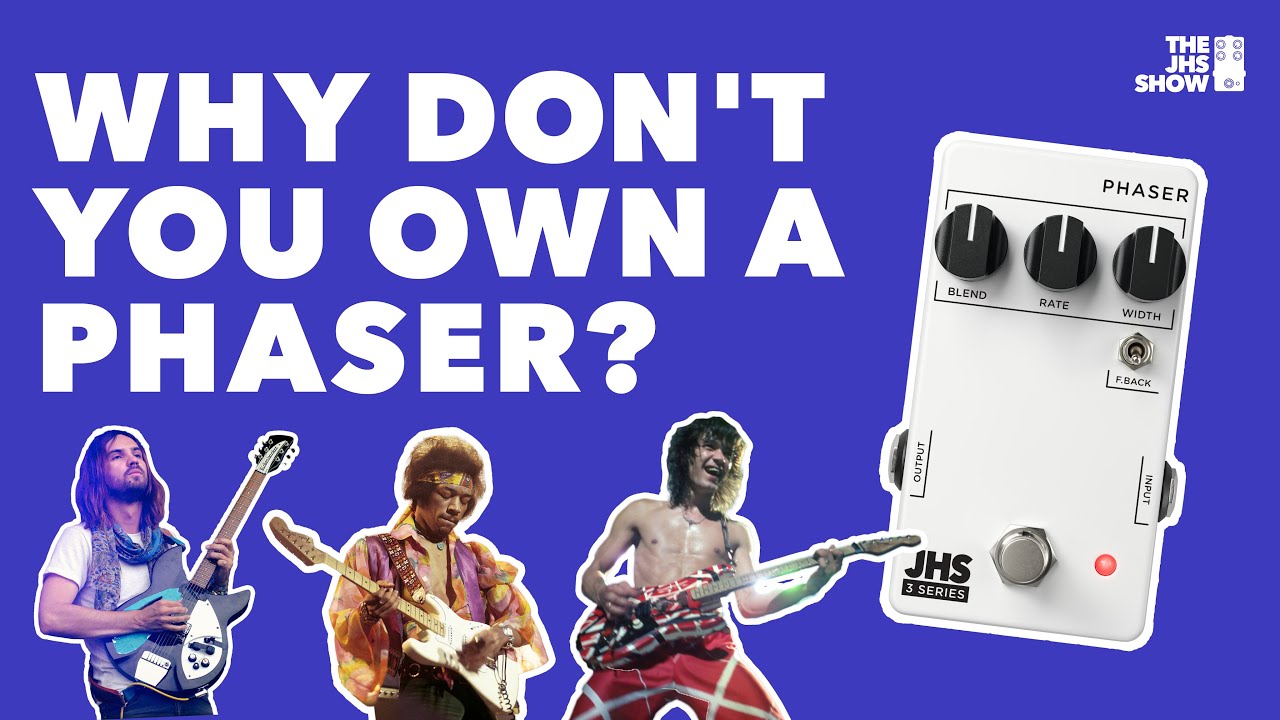Description
The Eventide Riptide Overdrive and Uni-Vibe Stereo Pedal is currently retailing at £329 and it is out of stock. Available to be delivered to you by post direct (some charge may apply).The team at Just Pedals think that Eventide nailed it with the Eventide Riptide Overdrive and Uni-Vibe Stereo Pedal. Eventide Riptide Overdrive and Uni-Vibe Stereo Pedal
We have new and used Eventide musical equipment available on our website for fast direct delivery from sellers across the UK & Europe.
Eventide is a legendary American audio company renowned for its groundbreaking effects processors and pedals, shaping the sound of modern music since 1971. Originally known for studio-grade digital effects like the H910 Harmonizer, Eventide has brought its pioneering technology to stompboxes with acclaimed pedals like the H9, TimeFactor, and Space. Offering pristine sound quality, deep editing capabilities, and innovative algorithms, Eventide pedals are a favourite among professional musicians and producers seeking unparalleled creative possibilities in delay, reverb, modulation, and pitch-shifting effects.
Just Pedals is a new Guitar Effect Pedals Marketplace – We feature new and used Guitar Effect pedals from different sellers, to purchase online from the UK.
Overdrive is a popular guitar effect that creates a warm, distorted sound by amplifying the signal of an electric guitar, typically using a pedal or an amp’s built-in circuit. The effect simulates the natural distortion that occurs when a tube amplifier is pushed to its limit, creating a rich, harmonic response that adds sustain, warmth, and character to the tone. Overdrive pedals are commonly used to add grit and growl to a clean tone without the harshness of full distortion.
The overdrive effect works by boosting the input signal, causing the amplifier to break up and clip the waveform, resulting in a smooth, musical distortion. This is often more subtle and less aggressive than other forms of distortion, making overdrive pedals ideal for blues, classic rock, and country players who seek a dynamic sound that responds to their playing touch. Overdrive pedals can be used in conjunction with other effects like delay and reverb to shape a more complex, evolving sound. Popular overdrive pedals include the Ibanez Tube Screamer, the Fulltone OCD, and the Boss OD-3, each offering different tonal characteristics, from smooth and bluesy to punchy and aggressive.
A pedal is an electronic device that alters the sound of an electric guitar by applying various effects. Pedals are typically connected in a series between the guitar and amplifier, allowing guitarists to switch effects on and off with their feet while playing.
This enables musicians to quickly and easily change their sound, adding versatility and creativity to their performances.
Pedals are essential tools in many musical genres, including rock, blues, jazz, and metal, allowing artists to craft distinctive and dynamic soundscapes.
Once you buy one, you can’t stop and then you have to sell them and buy more.
Stereo refers to a sound setup or effect that uses two channels (left and right) to create a sense of space and dimension in the audio. In a stereo configuration, sounds are panned across the left and right speakers or headphones, providing a more immersive and dynamic listening experience compared to mono, which uses only a single channel.
In the context of guitar pedals, a stereo pedal can output a signal to two separate channels, offering a broader soundstage and enhancing effects like delay, reverb, chorus, and panning. This allows for more complex and expansive soundscapes, with some pedals offering true stereo outputs to achieve rich, spatial effects that evolve across both channels. Popular stereo pedals include the Strymon Timeline, Eventide H9, and Electro-Harmonix Holy Grail Stereo, which all utilise stereo outputs to create rich, evolving tones that feel more immersive in a performance or recording setting.
Just the latest videos
Just related products
£291.63
Stereo Uni-Vibe/Drive Pedal with Switchable Effect Order Programmable Expression Jack Multiple Bypass Options 5 Presets App Edit
